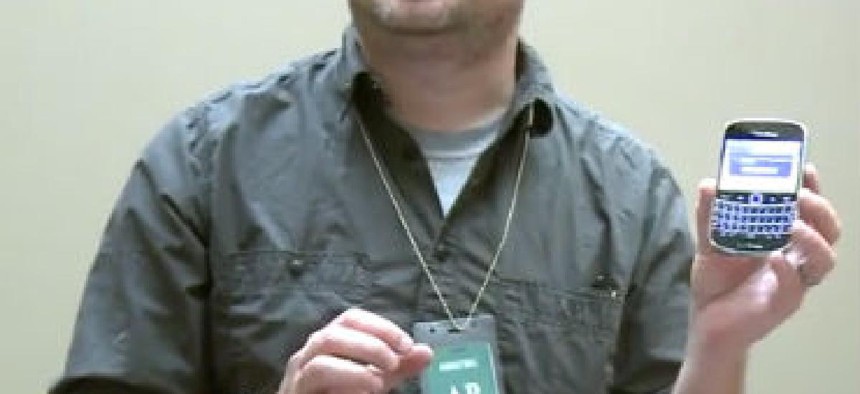Red tape holding back hiring at U.S. Digital Service

Deputy Federal CIO Mikey Dickerson says senior leaders need to get better about understanding technology to improve outcomes on large scale IT projects.

Deputy Federal CIO Mikey Dickerson says IT contractors have advantages not enjoyed by his U.S. Digital Service.
Poor agency oversight and contract management factored into the troubled launch of HealthCare.gov last October, according to Mikey Dickerson, who was a leader on the team that rescued the ailing online service before joining the Office of Management and Budget as deputy federal CIO and head of the U.S. Digital Service.
Speaking at the ACT-IAC Executive Leadership Conference in Williamsburg, Va., on Oct. 27, Dickerson said senior leaders need to get better about understanding technology if they hope to improve outcomes on large scale IT projects.
"We're never going to be able to design a process that gives good results if people making decisions don't understand what they're buying," Dickerson said.
Dickerson, a scruffy, 35-year-old Google veteran is a bit of an odd duck among the buttoned-down federal IT community. The arrival of the U.S. Digital Service and its companion group, 18F at the General Services Administration, has some in the contracting community nervous about the extent to which the federal government plans to centralize and control development of web services. Dickerson tried to put the crowd at ease on a few points, noting that if his office gets its funding request of about $20 million, that's still just an infinitesimal fraction of the annual $80 billion federal IT spend.
"There's no chance of us taking all that on," Dickerson said. The U.S. Digital Service will be successful if it enables "the existing establishment to do better work in the context they're probably used to." Dickerson said the mission of the U.S. Digital Service is "to enable, to facilitate, to help, to coordinate with agencies as it relates to citizen-facing services."
"There's good reasons why most of this work should probably always be done in the private sector. Private sector companies have the freedom and a certain amount of flexibility to create a work environment which should be more attractive to top technical talent," Dickerson said. Addressing contractors directly, Dickerson said, "You have advantages that I don't. You can pay people more than GS-15 step 10, you can set up offices the way you want to do it. ... You don't have to go through the same hiring processes. There are a lot of reasons why you ought to be able to outcompete."
Dickerson faces headwinds in standing up the U.S. Digital Service. For starters, he said, 750 people have expressed interest in joining the service. "Our bottleneck is processing them. It's not budget, it's not demand. The bottleneck right now is processing hiring paperwork."
But the experience of attracting his fellow techies to government services has defied expectations, he said. "People are very interested in the kind of missions that only the government has," he said. "If the government doesn’t make HealthCare.gov work, nobody else is going to do it. ... There's tons of other things that if the government doesn't do them, nobody will."
Dickerson also noted that many of the large tech companies with tens of thousand of employees have many of the same structural problems as the federal government. "Government does not have a monopoly on slow, bureaucratic decision making," he said.
The U.S. Digital Service is working to replicate itself across government. The Department of Veterans Affairs is in the process of establishing its own internal digital service, and other agencies are expected to follow suit.






